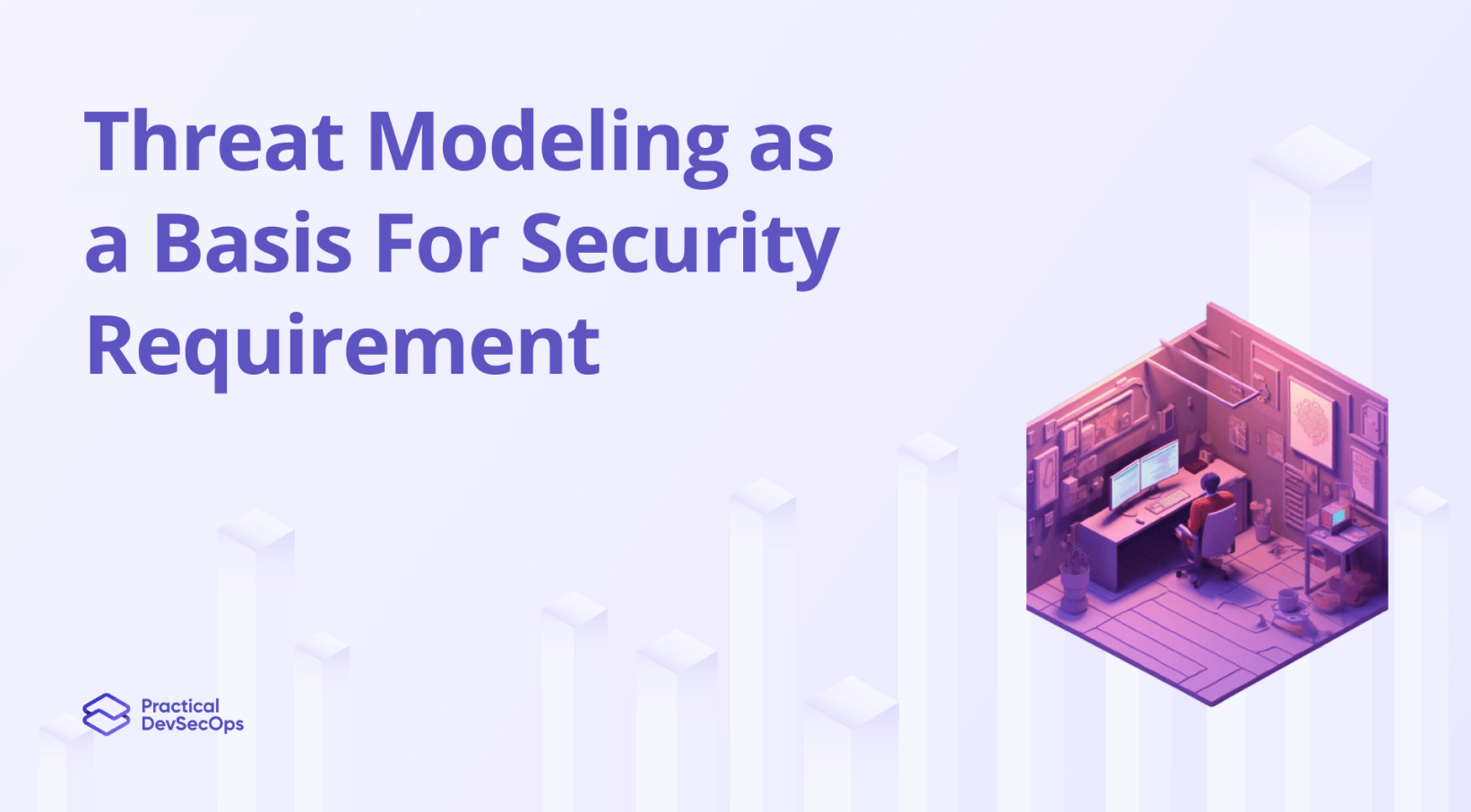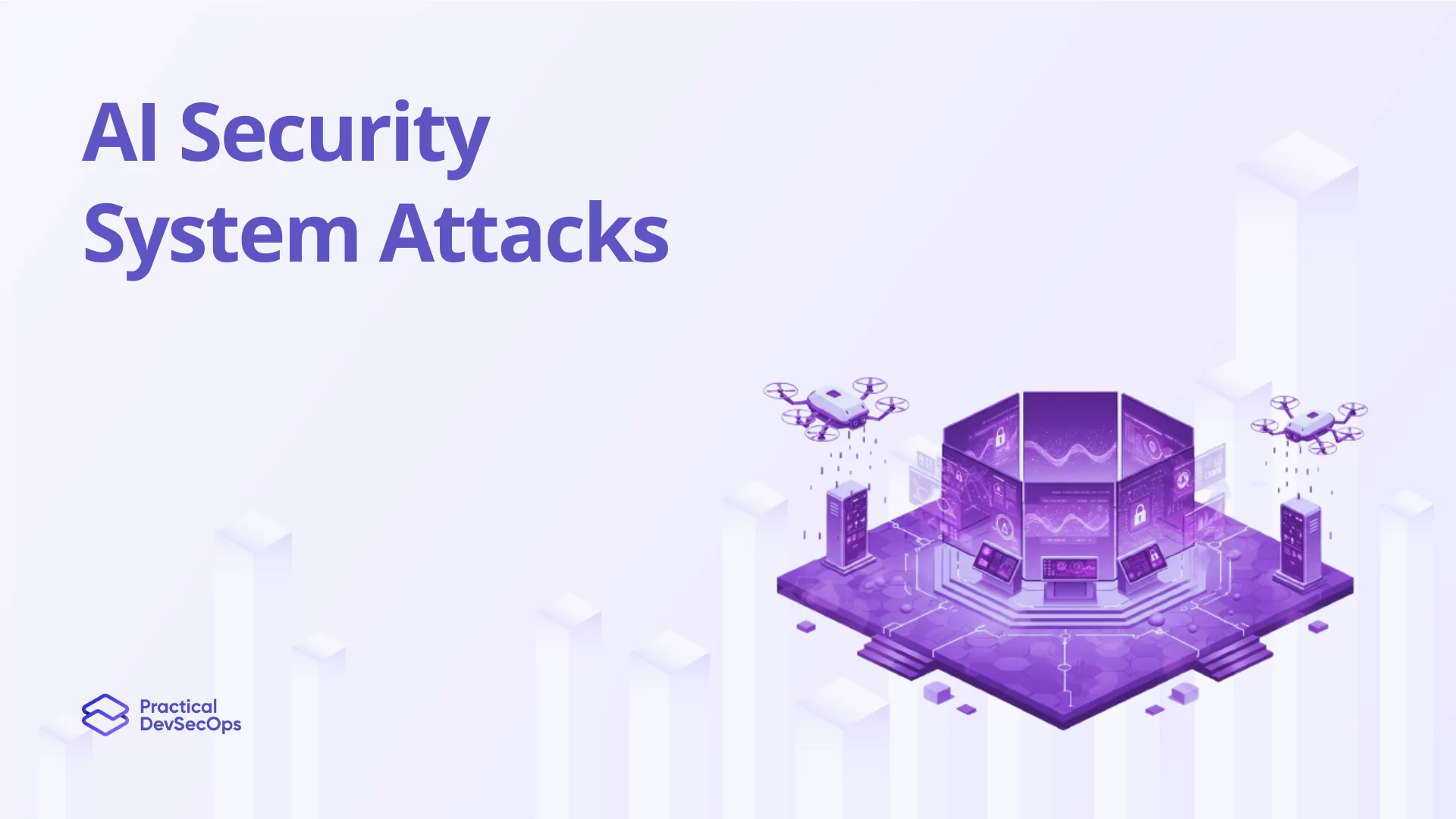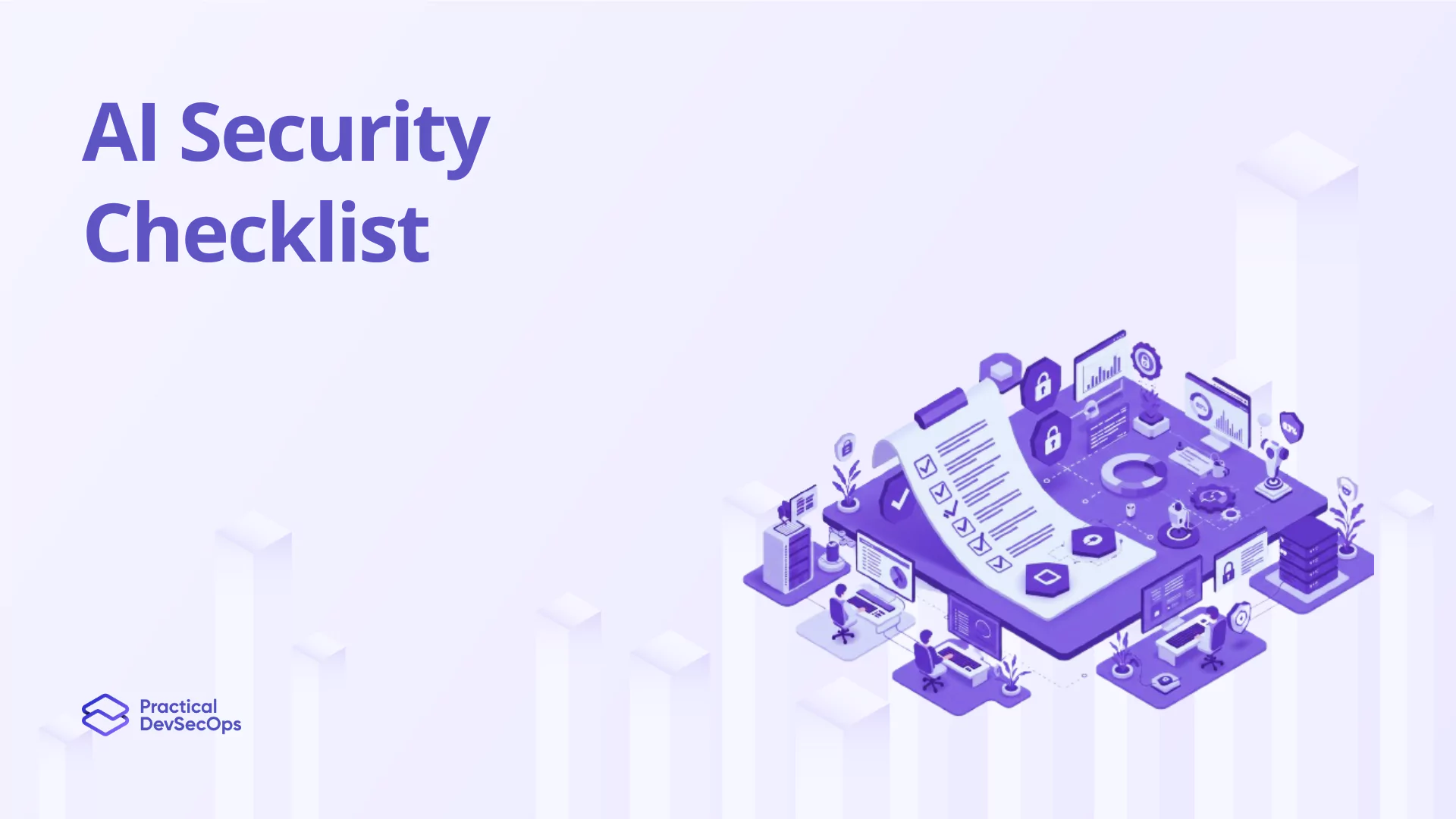In the ever-evolving landscape of cybersecurity, it is crucial to adopt proactive measures to protect our systems and applications. Threat modeling serves as a foundation for identifying potential vulnerabilities and risks early in the development lifecycle. By incorporating threat modeling as a basis for security requirements, organizations can effectively address security concerns and mitigate potential threats. In this article, we will delve into the concept of threat modeling, its benefits, and how it forms the backbone of security requirements.
Understanding Threat Modeling
Threat modeling is a systematic approach that helps identify and mitigate potential security threats and vulnerabilities in software and systems. It involves a structured analysis of the system’s design, architecture, and operational environment to identify potential attack vectors and prioritize security countermeasures.
The key objectives of threat modeling include:
- Identifying assets and potential threats: Identifying valuable assets and the potential threats they face is the first step in threat modeling. Assets can include sensitive data, intellectual property, or critical infrastructure components.
- Assessing vulnerabilities and risks: Once assets and threats are identified, a comprehensive analysis of vulnerabilities and associated risks is performed. This helps in prioritizing security measures based on the level of threat and the potential impact on the system.
- Defining and prioritizing security controls: Based on the identified risks, specific security controls and countermeasures are identified and prioritized. These controls may include access controls, encryption, intrusion detection systems, or secure coding practices.
Also Read, How To Do Threat Modeling?
Incorporating Threat Modeling as a Basis for Security Requirement
To create effective security requirements, threat modeling provides a solid foundation by ensuring that potential risks and vulnerabilities are addressed upfront. By integrating threat modeling into the process, organizations can:
1. Identify and prioritize security needs
Through threat modeling, organizations gain a deeper understanding of the potential threats and vulnerabilities they may face. This helps in identifying and prioritizing the security requirements that are most relevant and critical to the system. For example, if a web application stores sensitive user information, incorporating encryption as a security requirement becomes a top priority.
Also Read, How to Improve Your Analytics Thinking in Threat Modeling
2. Mitigate risks before development
Integrating threat modeling into security requirements allows organizations to proactively address risks and vulnerabilities early in the development lifecycle. By identifying potential threats and associated countermeasures, security controls can be implemented in the design and development phases, reducing the need for costly rework or patching in the future.
3. Ensure compliance with industry standards
Many industries have specific security and compliance requirements that organizations must adhere to. By incorporating threat modeling into security requirements, organizations can align their security practices with industry standards and regulatory frameworks. This ensures that the system meets the necessary security controls and is in compliance with relevant regulations.
Also Read, Threat Modeling Best Practices
4. Foster a security-conscious culture
By considering threat modeling as the basis for security requirements, organizations foster a security-conscious culture among their development teams. When security becomes an integral part of the development process, developers are more likely to think critically about potential risks and consider security implications during their work. This ultimately leads to more secure software and systems.
Also Read, Threat Modeling vs Penetration Testing
Conclusion
Implementing robust security requirements is essential to safeguarding our digital assets and mitigating potential security threats. By incorporating threat modeling as a basis for security requirements, organizations can proactively identify and address vulnerabilities early in the development lifecycle. This approach ensures that security controls are prioritized, risks are mitigated, and compliance with industry standards is maintained. By fostering a security-conscious culture, organizations can build more secure systems and applications, protecting their users and reinforcing their reputation in an increasingly interconnected world.
Also Read, Types of Threat Modeling Methodology
Upskill in Threat Modeling







0 Comments